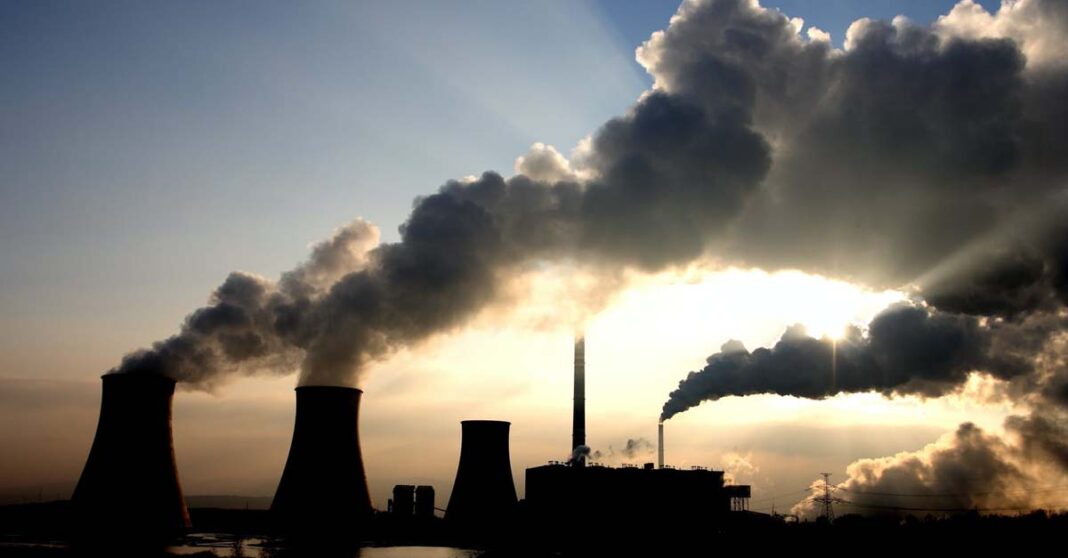The Lao Ministry of Natural Resources and Environment has defined a new climate change policy, with the goal of reducing greenhouse gas emissions to zero by 2050.
Climate change adaptation has become a part of socio-economic development planning in Laos, with the objectives of the Paris Agreement incorporated into the country’s National Socio-Economic Development Plan and National Green Growth Strategy.
In 2018, Laos ranked 42nd most vulnerable country to climate change according to a UNDP report, while more than 70,000 people were affected by natural disasters in Laos in 2021.
The country is prone to climate-related hazards such as drought, landslides, and widespread flooding, while an increase in the prevalence of tropical diseases such as Typhus has been linked to changing weather patterns in Laos.
According to a report by Vientiane Times, an event to launch a new climate change policy was held last Friday in Vientiane Capital, chaired by Deputy Minister of Natural Resources and Environment, Phouvong Luangxaysana, and attended by officials and representatives from related sectors.
Speaking at the event, Deputy Minister Phouvong said that while it is impossible not to release CO2 into the atmosphere, the ministry plans to increase green spaces to 70 percent of the country’s land area, so that more trees will be available to absorb the carbon dioxide emitted by industry and other processes.
The report issued by the ministry in support of zero carbon emissions includes the second National Determined Contributions.
The first edition of this paper was published in 2015, while the latest edition includes more precise instructions on greenhouse gas reduction, as well as strategies to develop local infrastructure and protect the population from the effects of climate change.
The updated version of the document specifies the goal to reduce greenhouse gas emissions to zero by 2050.
According to the report, 33 natural hazard events, mostly floods and droughts, were recorded from 1970 to 2010.
These events affected almost 9 million people and caused economic damage of over USD 400 million.
Laos joined the Paris Agreement in 2016, becoming the first country in ASEAN to do so.



